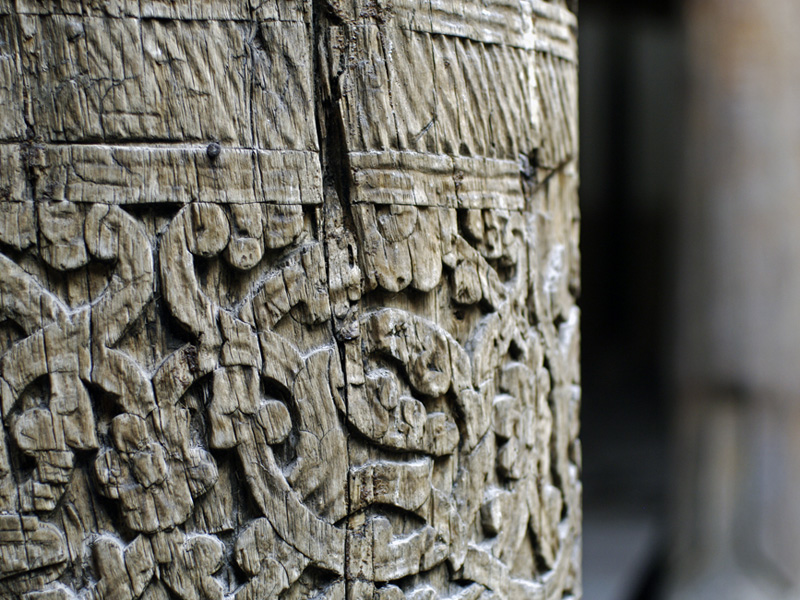



Attraction

Recreation

In the 1920s the skull-caps evolved with wide braid along the whole width of the thin border and with long fringe (about 14 cm) sewed on the back of the skull-cap. In the 1930s these were replaced by the more compact style with short pompon of silk thread and a tiny wooden talisman hung on the silk thread from the thin border over the middle of the forehead. Khorezm skull-caps are also decorated with a row of silver coins.
In the twentieth century one-color skullcaps of the dark velvet were widespread. They were decorated with small beads of a glass and colored copper. Despite the use of the light beads and metal beads these skull-caps reflect the common artistic style of the decorative-applied art of Khorezm.
The art of ornamental painting in Khorezm and Khiva is also unique. Masters of this art employed it in a variety of crafts and trades. Many of them were famous not only as ornamental artists but also as historians, musicians and poets. Such Khiva masters as usto R. Karimbergan and usto I. Matpanov were professional singers and musicians.
During the period of economic flourishing the ornamental-artists were leading masters in the field of architectural and applied arts, and the main job they did was painting and designing for wood-carvers and stonecutters. They were versatile in their skills, and could produce in another medium when they had no commissions in their primary medium. For example, Janibekov, Seidniyazov, Khndaiberganov and others were engravers and copper and stone carvers, as well as painters.
Usto Balta Mirzaev was a particularly well-known master. In the 1920s he fulfilled private orders and was engaged in various jobs - making designs for carvers and cutters, and for printed clothes. Usto Balta Mirzaev took part in the restoration of the ceiling of the Kunya-Krik. He also fulfilled fifteen commissions for designs for painters, and his work is in the State Museum of Art of the Republic of Uzbekistan.
Usto Balta Mirzaev's son won fame like gifted artist-ornamentalist Abdulla Baltaev. The masters of architectural painting and wood carvers used his designs for architectural details and artistic items. In fact, there is even a collection of wall painting «spaceman» which were based upon his drawings. All the artistic decorations of the Khiva Hall, cut plaster panels, woodcarvings, marble cuttings, and ceiling arrangements in the State Academic Opera and Ballet Theatre were also constructed on the basis of Abdulla Baltaev's drawings.
B. Abdullaev was also a famous Khiva master of carving who painted household items. For example, one chest, designed and built by him was so popular that almost every family in Khiva had their chest made by him. A resource for his painting was the drawings from the Tash-khaul and other Khiva monuments of the nineteenth century, which the master put together in the chest painting patterns. The yellow and red color gamut of painted household items of B. Abdullaev is different from the general artistic style of the Khiva decorative and applied arts.
A special branch of artistic trade created the manuscript books, a tradition of many years standing. By the twelfth to thirteenth centuries, the big manuscript collections were kept in the libraries of Qurgani. In the fourteenth century there was a calligraphic school in the court of Khorezm. Here, one can find the Shakh-name by Firdausi copied for the Khiva khan Is-Muhammad in 1556. Later, 115 miniatures for this book were completed by the gifted Samarkand artist Muhammad Murad Samarkandi, at the Institute of Oriental Studies of the Academy of the Republic of Uzbekistan. The rulers of Khiva appreciated the manuscript books. There were arranged skillfully by the artists and calligraphers. Thus, the Khiva khan, Abdulghazi-khan, was proud of, and valued his collection of priceless historical manuscripts. Among the artifacts are pots, sometimes with handles and decorated with lion heads; ceramic containers for vine; churns decorated with fanciful images; fragments of clay sculptures, including female and male terra-cotta statuettes, square and round ossuaries (ceramic coffins) adorned with life-size or half-size sitting figures.
The most ancient Khorezmian inscriptions, dating from the third and beginning of the second centuries B.C. were made in Indian ink in Aramey letters.